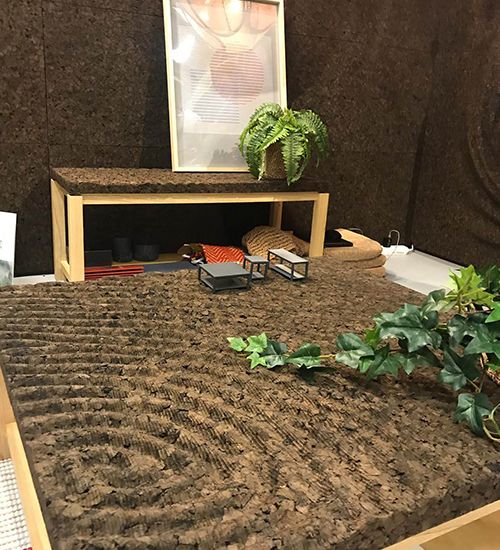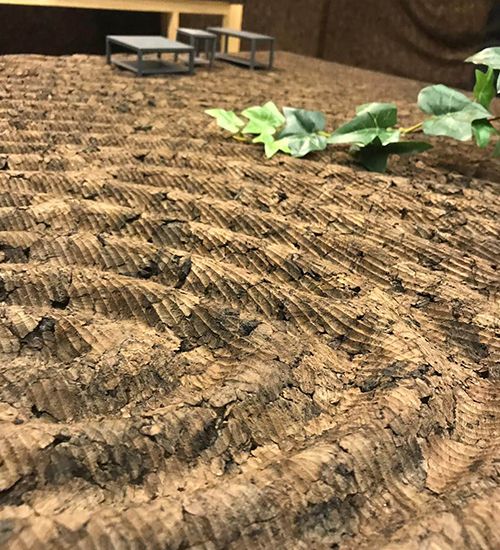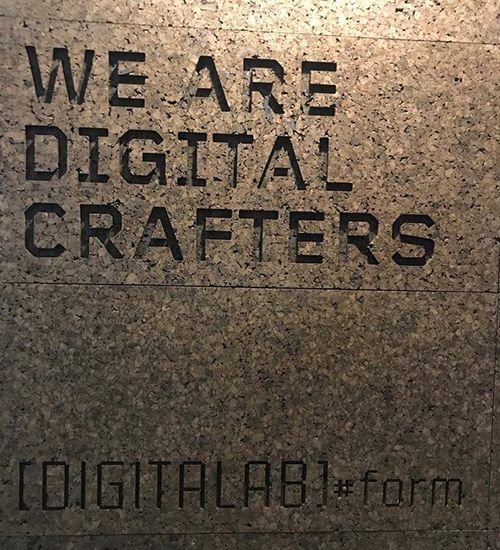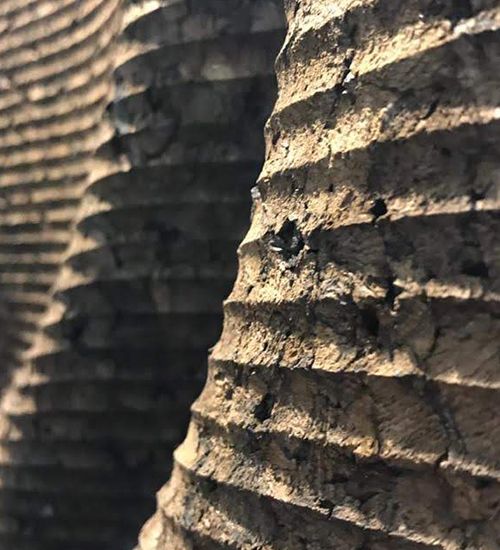Naturally, it’s touted as the “world’s leading event for Scandinavian design.” A well-deserved claim for the Stockholm Furniture Fair (SFF). Going since 1951, SFF has built an enormous reputation and is now one of the largest shows in Europe, attracting visitors from around the globe.
Just being there delivers a hugely uplifting feel – it’s easy to get around the fair, and because it’s Scandinavian, it’s very clean and light by design. And by the end, you leave feeling completely up-to-date on what’s happening in the design world, even if this were the only show you could attend for the year. It’s a well-rounded, versatile show, offering talks from top architects on the most common design issues, showcasing the best of the best in furniture, as well as highlighting up-and-coming designers in the “Greenhouse.” In the Design Bar and the Trend Exhibition, designers present the most recent trends with a focus on materials, colors and shapes. Plus, every year a Guest of Honor is invited to create an installation in the entrance area – an annual greeting you can always look forward to.
Design shows like SFF are of course mechanisms for companies to showcase their latest products, hottest trends and freshest color palettes. But more and more, companies are using this arena to talk about how they’re tackling broader design issues such as wellbeing, sustainability and community in the office environment.
Creating a sense of community
This year, the Guest of Honor, Neri & Hu, definitely keyed in on broader concerns, with an installation piece on the traditional Chinese village and how its increasing disappearance is affecting the community, family and cultural roots.
The theme of community permeated throughout the show, with a focus on its impact on the workplace.
A strong sense of community in the workplace is like having the best team in the world in your organisation. Communities create loyalty, trust, and credibility. They can not only support one another, but the right community can also support the company values and work hard to promote them.
Employees need a sense of belonging and to feel valued. So, designing a work environment that supports the community is crucial.
It’s a trend that has been evolving over time. I certainly can’t say I remember my parents discussing the ambience or design of their workplace. The trend began with a simple desire to produce better environments to work in, which led to a realisation of the effect this has on employees, inspiring them and increasing their productivity. Now, this is evolving a stage further, as we look to nature to increase our well-being and create the best possible environments that also support recyclable materials.
At the Swedese stand, a community corridor with a floral garden down the centre, encouraged people to meet and greet each other, talk and share conversation. Seating was also positioned down the length of the corridor. A sense of community was obvious here, with this stand becoming very busy as people chatted along the walkway.

The Swedese stand at Stockholm Furniture Fair
Emerging talent
In the Greenhouse, the jury-judged area for young and independent designers, the key words were “curiosity, innovation and sustainability.” Young designers are naturally curious. They want a better world, and they want to produce better products that ease the world of today’s issues. They do this almost intuitively.
In particular, the Greenhouse Rising Star winner, Digitalab, epitomized this youthful curiosity and ingenuity. Focusing both on generative design and digital fabrication, Digitalab is a young, multidisciplinary practice that develops projects in several fields, including product design, art installation, interior design, architecture and digital research. For SFF, they exhibited creative exploration of an underutilized natural material, using cork to create a beautiful fabric.
Also of note, Nikolaj Thrane Carlsen of TangForm, created chairs using a Seaweed-based composite that is completely biodegradable.
Looking to the future, with a nod to the past
While several of the talks at SFF focused on the future of design, architect and designer Tom Dixon explored skills from the past, sharing his interest in things like old water pots from India and copper pots that hold fresh water and are bacteria-free. He stressed the importance of not losing these old ancient skills and to capture them before they disappear.
He went on to explain his underwater cities projects – growing underwater furniture. A solar panel at the surface of the sea feeds electricity down to a metal chair, which over time, will grow a layer of coral/calcium deposit. It creates not only a new eco system but also, according to Dixon, a unique and valuable end-product. (If you like that kind of thing?) Highly explorative or experimental, rather than totally practical! None the less, it shows a curiosity with what could be achieved if done on a larger scale.
On a more practical note, Dixon also described the bed design he built for Ikea that changes and develops with a growing family and changes again as children leave home.
Overall, this year’s Stockholm Furniture Fair lived up to its great expectations, delivering a light and airy Scandinavian feel, interwoven with some very heavy, hard-hitting world issues. With the bright spot being a strong sense of community and the expected ingenuity from today’s designers and future generations.




